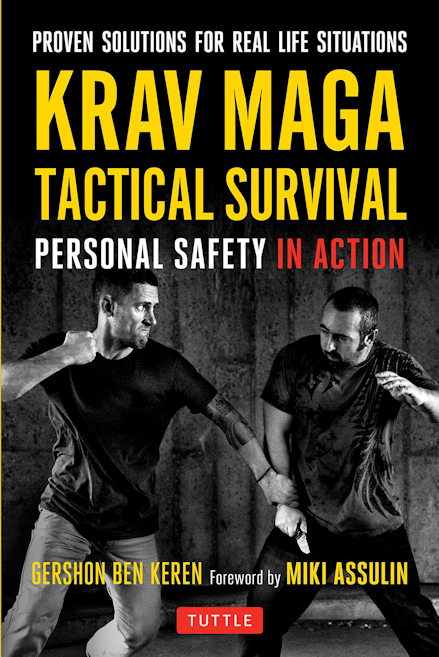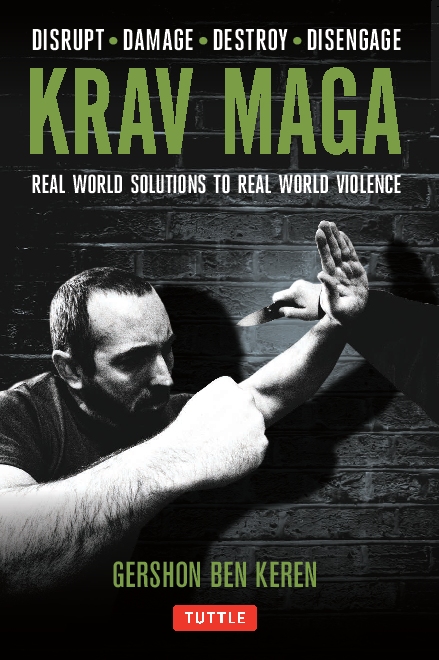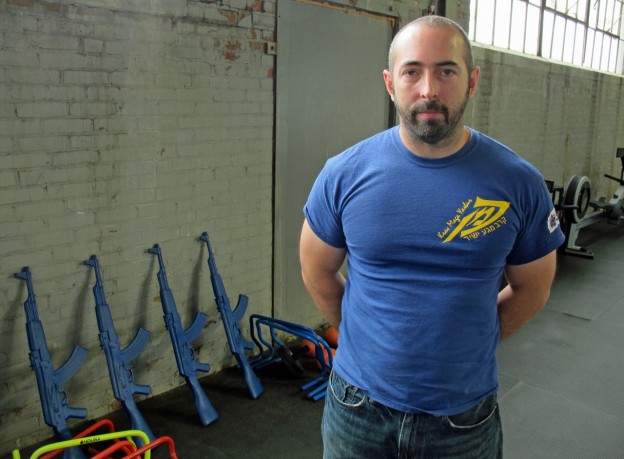Violence that targets the individual is largely predictable. There are always actions and behaviors an aggressor has to engage in before they make a physical assault. We refer to these as Pre-Violence Indicators or PVI's. This could be something as simple as a person engaging in basic surveillance i.e. watching you, before synchronizing their movement to yours and following you - however if you understand how predatory individuals perform surveillance, and how they try and mask their movement patterns, using crowds and their environment etc. you will be able to identify and avoid them before you are even picked up on their radar.
Just as there are actions and behaviors that predators (muggers, rapists etc.) have to engage in if they are to get into a position where they can assault you, there are also actions and behaviors that you perform, which makes you stand out to them. These are referred to as Victim Facilitators. If you can eliminate these from your life, and adopt other ways of acting and behaving that will mark you out as a "Non-Victim", then you can avoid being targeted in the first place - the aim of sound self-protection processes and procedures.
The SEPS's (Situation Effective Protection System) approach to personal safety and self-defense training is to educate the individual how to adopt sound and proven personal safety procedures into their life, whilst changing and modifying some existing behaviors and habits, in order for them to never be identified as a potential target and so avoid ever stepping on to the Timeline of Violence. Once they do, we teach the correct ways to respond to threats, and attacks, as they develop.
Each module is basically divided into two parts: personal safety/self-protection and self-defense. The self-protection piece will give you the information you need to help you predict, identify and avoid violence before it occurs. It will also provide you with a lot of background information as to why predatory and aggressive individuals act and behave the way they do. This information isn't given simply to increase your head knowledge around the subject, but so that you are better able to understand how and why you should respond to them and their threat in a certain way. The self-defense component of the module will look at one or two common attacks and/or threats and demonstrate simple ways in which to deal with these. If you have "mastered" the self-protection piece the chances are you will never find yourself in a situation where you have to use them. The aim of the course is to teach you how to predict, identify and avoid violence so you are never involved in a physical confrontation. Only as a last resort should you need to engage with somebody physically.
The SEPS system doesn't teach explicit behaviors and actions that an individual should perform when dealing with aggression and violence, rather it teaches a person
how to make risk assessments and reach decisions in response to the various factors and components that are at play. The system recognizes five main components
of any violent incident, and empowers people to understand these and create solutions based on them. The five situational components of violence are:
This spells the Acronym "ALARM". An attacker's motive could be anything from wanting to steal your wallet, to wanting to right a perceived wrong e.g. they've become aggressive because you accidentally spilt a drink on them. How you deal with an assailant in your home, will be very different to how you deal with them on the street - different location, different solution. If you have additional people with you, such as a young child, or your partner you may behave and act differently to how you would when alone. We may assume that it will always be people we don't know who attack us, but more often than not its people we know, or know of. Your mindset, will greatly determine how you respond - if you're surprised, depressed or confident about yourself will alter the way you respond. All of these different factors need to be considered.
Rules simply don't work where personal safety is concerned e.g. we've all been told, never to walk down a dark alley, and we all have - the more times this happens without consequence, the more likely we'll be to discard the rule. There are even times that it may be safer for us to turn down a dark alley than walk into the obvious danger/threat that is in front of us. Following pieces of advice doesn't educate us how to respond to individual situations plus the people we are trying to protect ourselves against are aware of the same advice. Everyone "knows" that when people lie they don't make eye contact, sexual predators know this as well, and will have no problem looking you straight in the eye and telling you that you'll be safe with them.
The SEPS program is about empowering the individual to understand the dynamics of violence so they can prevent, identify and avoid violence.



